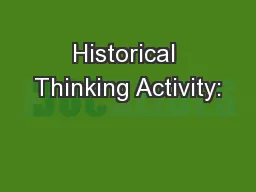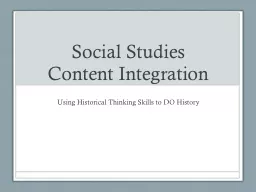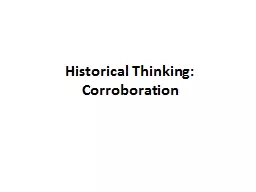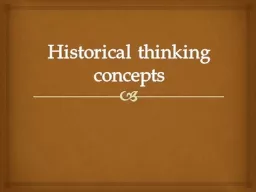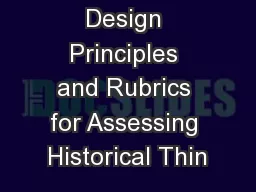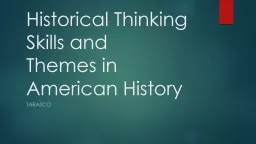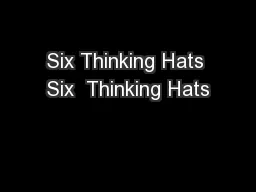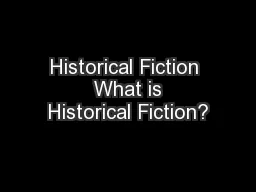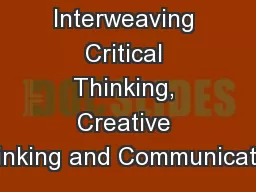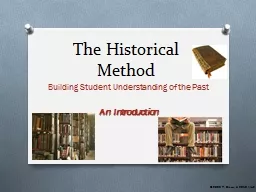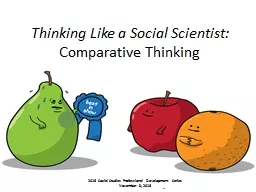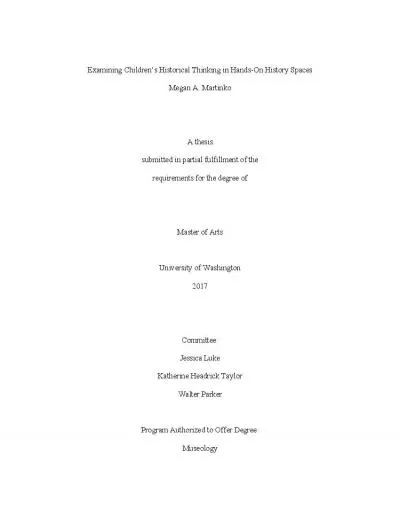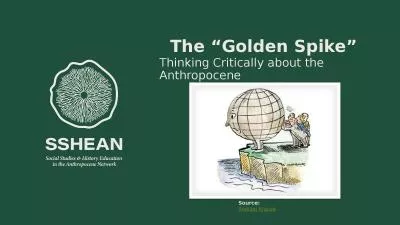PPT-Historical Thinking Activity:
Author : jane-oiler | Published Date : 2018-03-08
Cause and Consequence Follow the steps to fill out the your Cause and Consequence sheet Step 1 Easy In the chart under the first arrow write down where you are
Presentation Embed Code
Download Presentation
Download Presentation The PPT/PDF document "Historical Thinking Activity:" is the property of its rightful owner. Permission is granted to download and print the materials on this website for personal, non-commercial use only, and to display it on your personal computer provided you do not modify the materials and that you retain all copyright notices contained in the materials. By downloading content from our website, you accept the terms of this agreement.
Historical Thinking Activity:: Transcript
Download Rules Of Document
"Historical Thinking Activity:"The content belongs to its owner. You may download and print it for personal use, without modification, and keep all copyright notices. By downloading, you agree to these terms.
Related Documents

